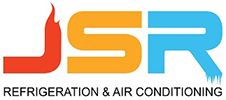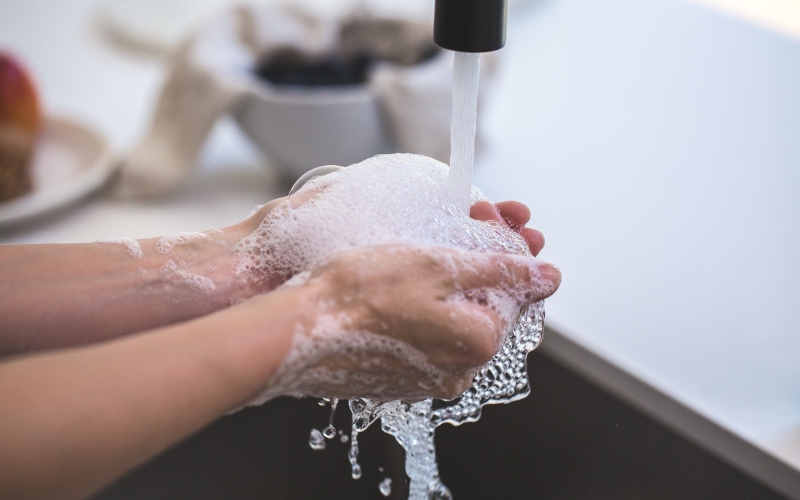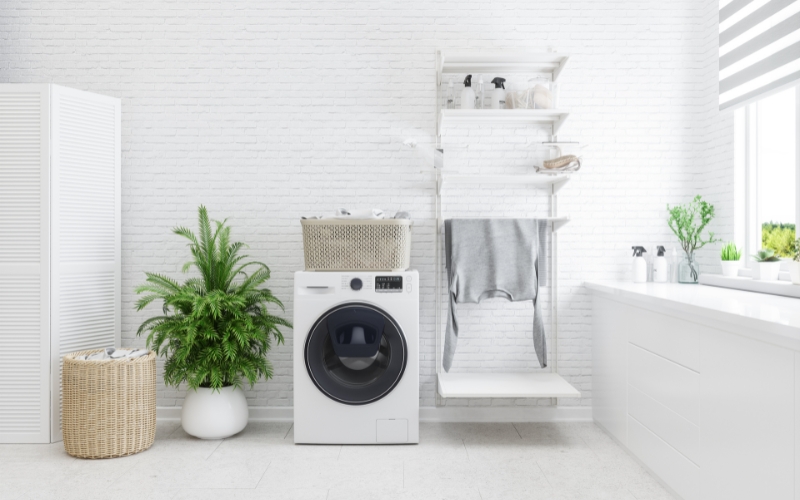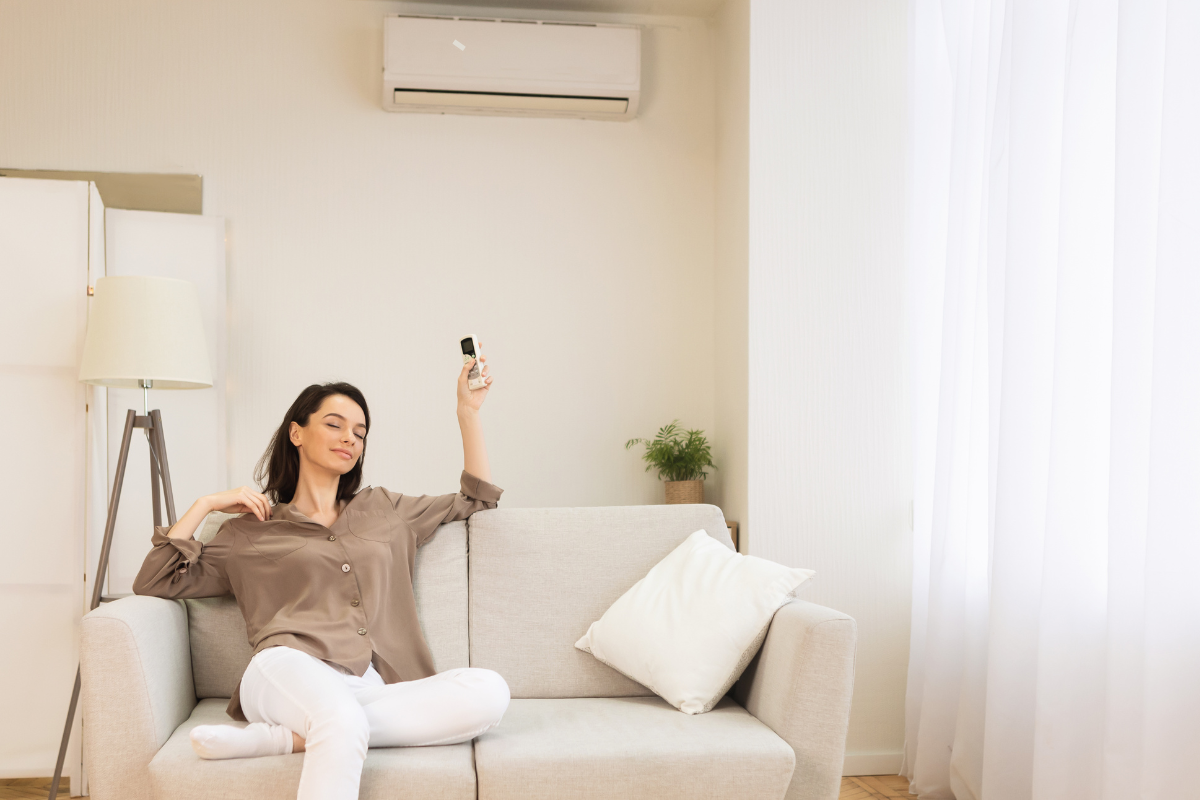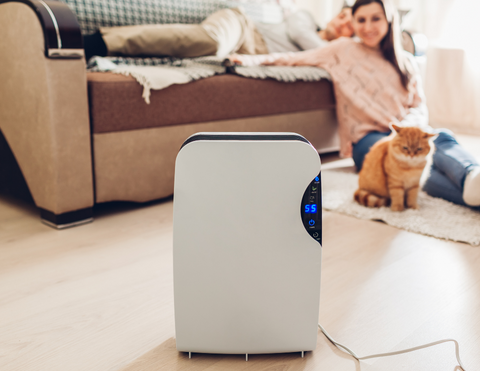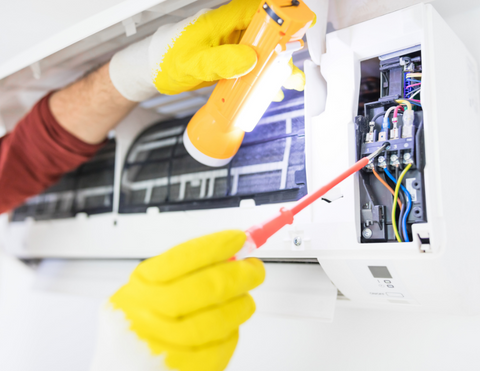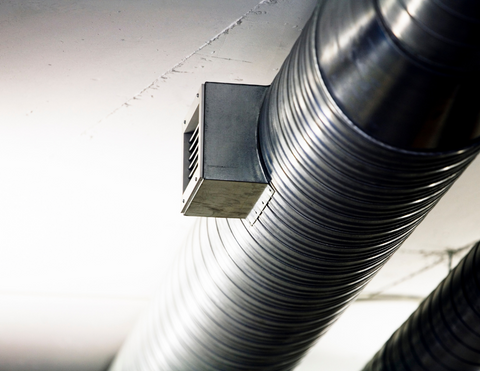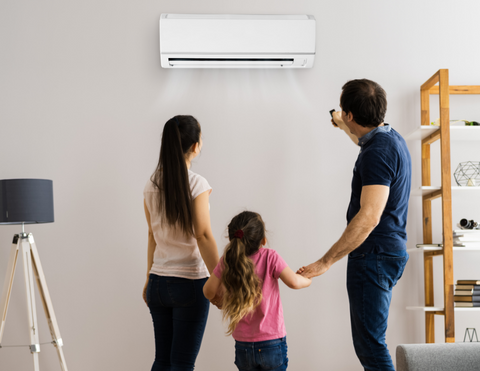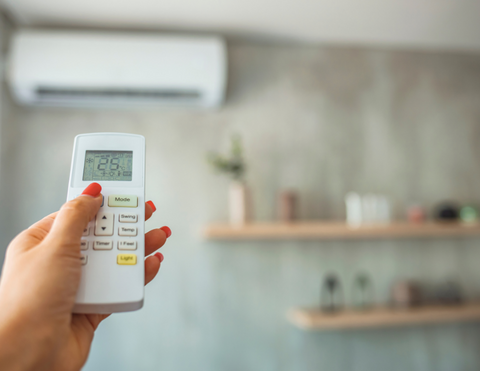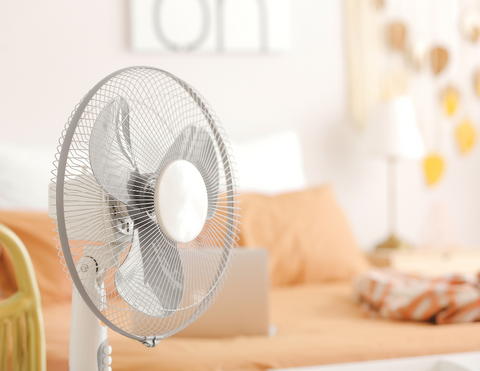
2023 HVAC System Guide For Winter In New Zealand
2023 HVAC System Guide For
Winter In New Zealand
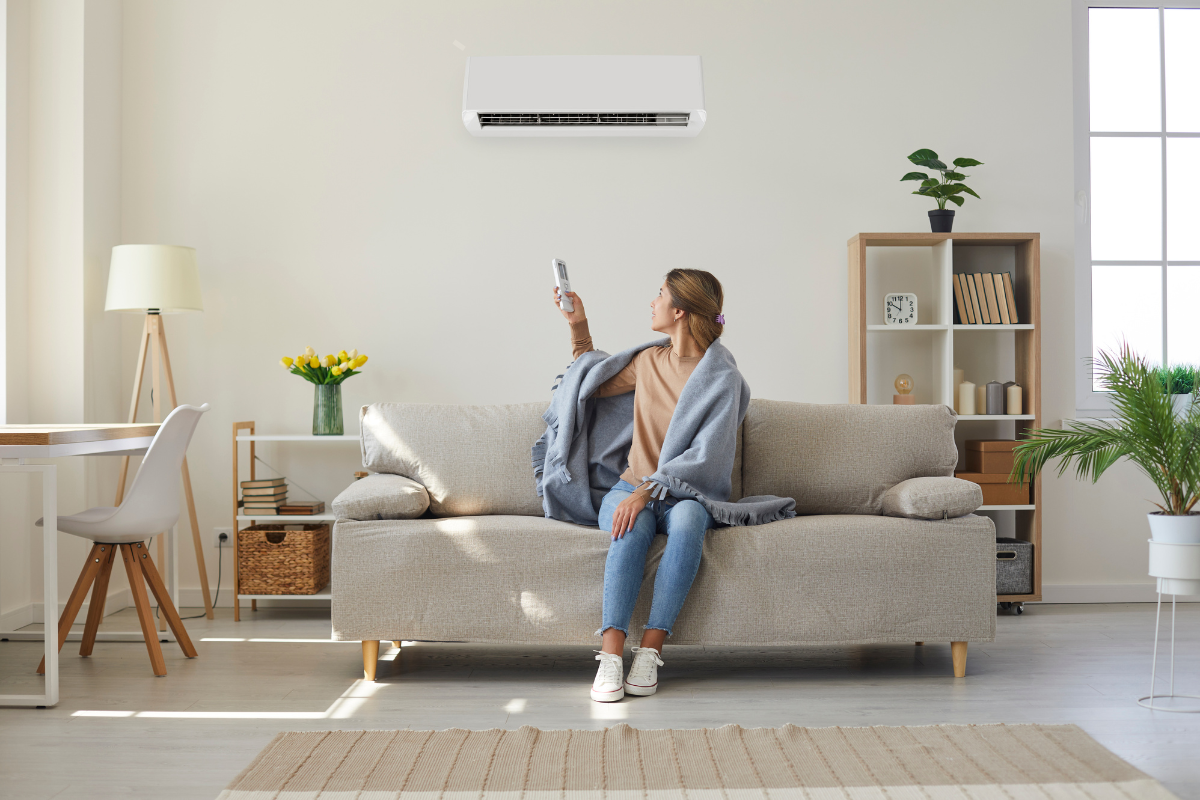
By Team JSR
As winter descends upon New Zealand, it’s essential to ensure your home or workplace remains comfortable and cosy despite the chilly temperatures outside. An efficient HVAC (Heating, Ventilation, and Air Conditioning) system plays a vital role in maintaining optimal indoor conditions. In this blog post, we’ll explore the significance of HVAC systems during winter in New Zealand and provide useful tips to maximise their performance.
1. The Importance of HVAC Systems in New Zealand
New Zealand’s winter weather can be unpredictable, with temperatures varying across regions. While some areas experience mild winters, others face colder climates with occasional snowfall. Regardless of where you are, a well-functioning HVAC system ensures that you and your loved ones stay warm and comfortable indoors during the frosty season.
2. Selecting the Right Heating System
A. Heat Pumps: Heat pumps are a popular choice in New Zealand due to their energy efficiency and versatility. They provide both heating and cooling capabilities, making them suitable for year-round use. During winter, heat pumps extract heat from the outdoor air and transfer it indoors, effectively heating the space.
B. Central Heating Systems: If you have a larger property or prefer a centralised heating solution, consider installing a central heating system. These systems distribute warm air or hot water through a network of vents or pipes, providing consistent heating throughout the building.
3. Maintaining and Optimising Your HVAC System
A. Regular Maintenance: Schedule professional maintenance for your HVAC system before winter arrives. A trained technician will inspect and clean the components, ensuring efficient performance and identifying any potential issues that need addressing.
B. Air Filter Cleaning/Replacement: Clean or replace your HVAC system’s air filters regularly. Dirty filters can obstruct airflow and reduce the system’s efficiency. Clean filters promote better indoor air quality and help the system function optimally.
C. Programmable Thermostats: Invest in a programmable thermostat to regulate your HVAC system more effectively. Set lower temperatures while you’re away or sleeping and raise them when you’re at home. This practice helps conserve energy and reduce heating costs.
D. Weather stripping and Insulation: Ensure your home or workplace is properly insulated and weather-stripped to minimise heat loss. Insulating walls, attics, and floors, as well as sealing gaps around windows and doors, can significantly improve energy efficiency and maintain a comfortable indoor environment.
4. Energy Efficiency and Cost Savings
A. Smart Technology: Consider integrating smart technology into your HVAC system. Smart thermostats and sensors allow you to monitor and control your heating remotely, enabling energy-saving adjustments and reducing unnecessary heating
B. Zoning Systems: If you have a larger property or multiple floors, a zoning system can optimise energy usage. This system divides your home into different zones, allowing you to adjust temperatures independently in each area.
C. Energy Star Certification: When purchasing HVAC equipment, look for Energy Star-certified products. These appliances meet strict energy efficiency standards and can help lower your energy bills while reducing your carbon footprint.
Overall
An effective HVAC system is crucial for maintaining comfort during winter in New Zealand. By choosing the right heating system, conducting regular maintenance, optimising your settings, and improving energy efficiency, you can ensure a warm and cosy environment while keeping energy costs under control. Prioritising your HVAC system’s performance ensures that you and your loved ones can enjoy the winter months without any concerns about indoor comfort.
Book Free HVAC Consultation With JSR
Ask our lovely team at JSR about free consultation of HVAC system for your home. They’ll help you every step of the way & provide you with the right advice for your needs.
